Our Rigorous Electric Ride Testing Process
At the heart of our electric vehicle recommendations and guides lies a rigorous three-step evaluation process, with hands-on testing constituting the initial and most crucial phase. We’ve created this in-depth and detailed 3-step process in order to utilize not only our own 10+ years of experience with fixing, testing and vetting personal electric vehicles, but also the experience of riders and businesses we’ve connected with over the years.
We always make use of the best technology has to offer in both testing devices and information gathering through our self-trained Volscribe AI module.
How We Test Electric Rides Accurately
Step 1 – Manual Hands-on Testing
It starts with our hands-on testing, meticulously assessing models for performance and quality. Our testing is done on the same course in a real-life setting, a regular road with hills, traffic lights and other vehicles, in order to make sure it’s tested under the same conditions as your everyday riding.
We adhere to industry standards and consistently use a 170lb rider during all tests except for heavy-rider tests. We use all the latest technology available to make sure our data is as accurate as possible and recalibrate our tools before each new test.
Our hands-on process includes the following steps and sometimes more depending on its use-case:
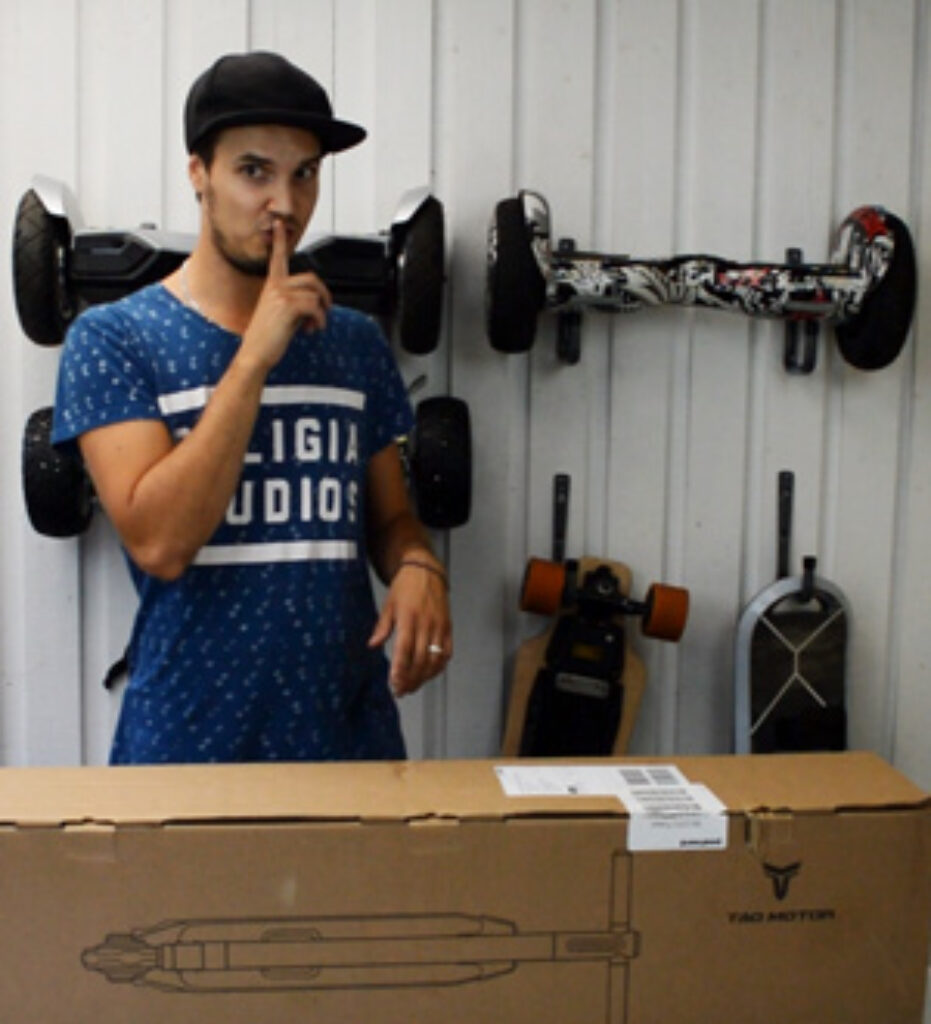
Hill Climb
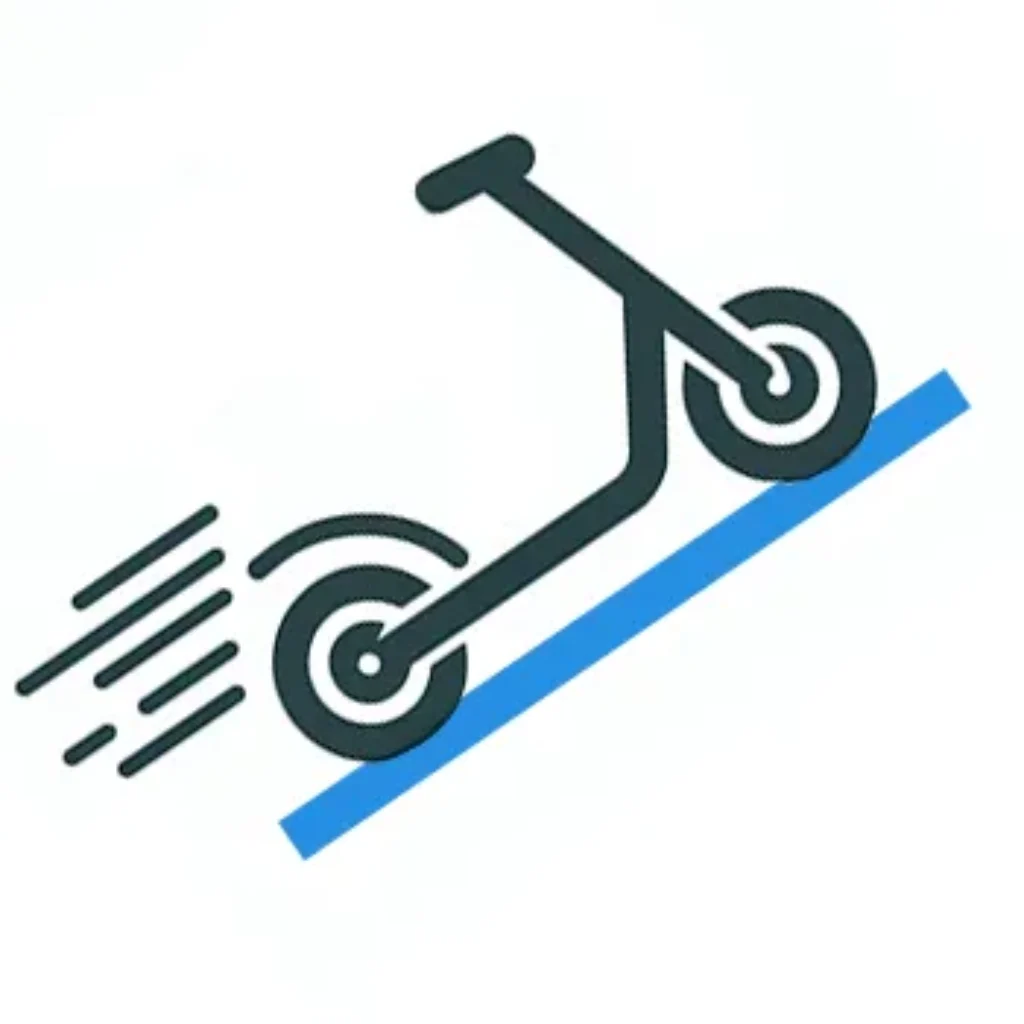
In the uphill test we start with going up a 10 degree hill for 100ft to see how well the vehicle performs. We start at a standstill on the bottom and check how long it takes to get all the way up to the 100ft marker. This gives us a number we can compare against.
Brakes
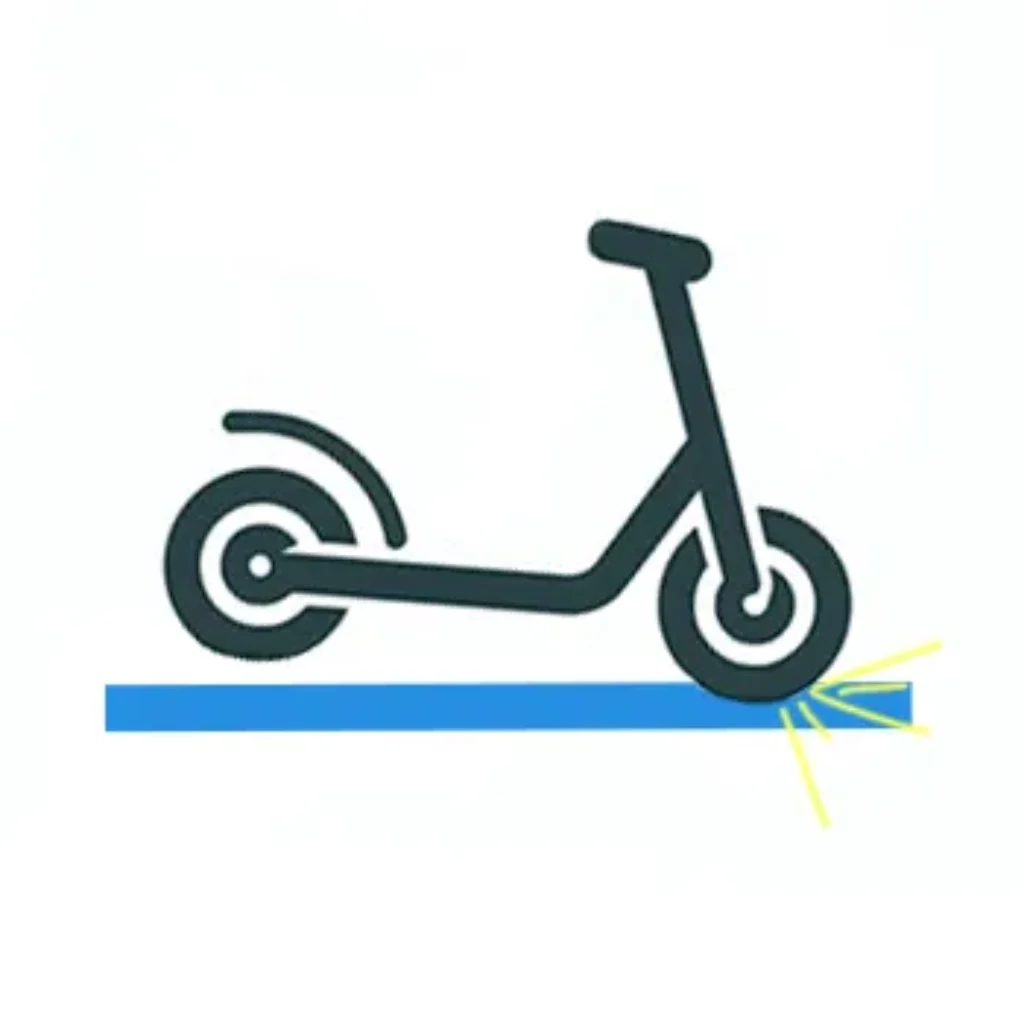
If you’re going fast you want to be sure you can stop on a dime when needed. In the brake test not only do we meticulously inspect the brakes. We check for customization, make sure they’re all set well before we continue to make the brake test. Our standard test is to go at 15 mph and check the distance it takes to achieve a full stop.
For performance models we have additional speed levels 30 mph, 50 mph, full speed to full stop.
Range assessments

With a fully charged battery we let our test rider lose in the highest speed-mode riding as they would normally do in a real-life city setting on the outlined course. We then check our mapping tool to see how many miles they were able to go on a full charge.
Speed & Acceleration test
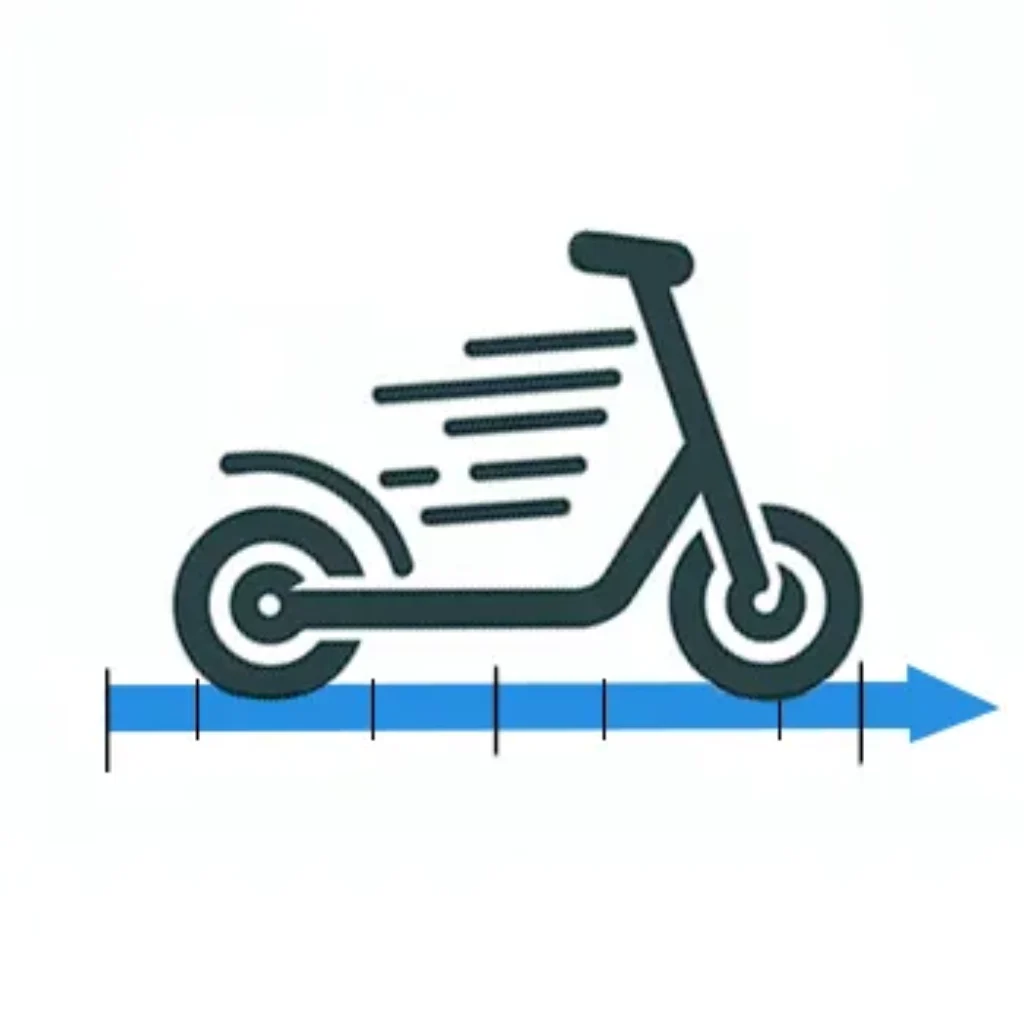
Here we do an industry standard bi-directional speed test. This means we are going in both directions to make sure we mitigate any impact of wind or road slope. Then we take the average from both rides and we have an as accurate as can be number of the max speed the model is capable of.
Accelerating is also tested according to our bi-directional or as its also called two-way average model. We test acceleration up to 15 mph(a top speed most models are able to achieve), 30 mph, 50 mph and full speed.
Handling
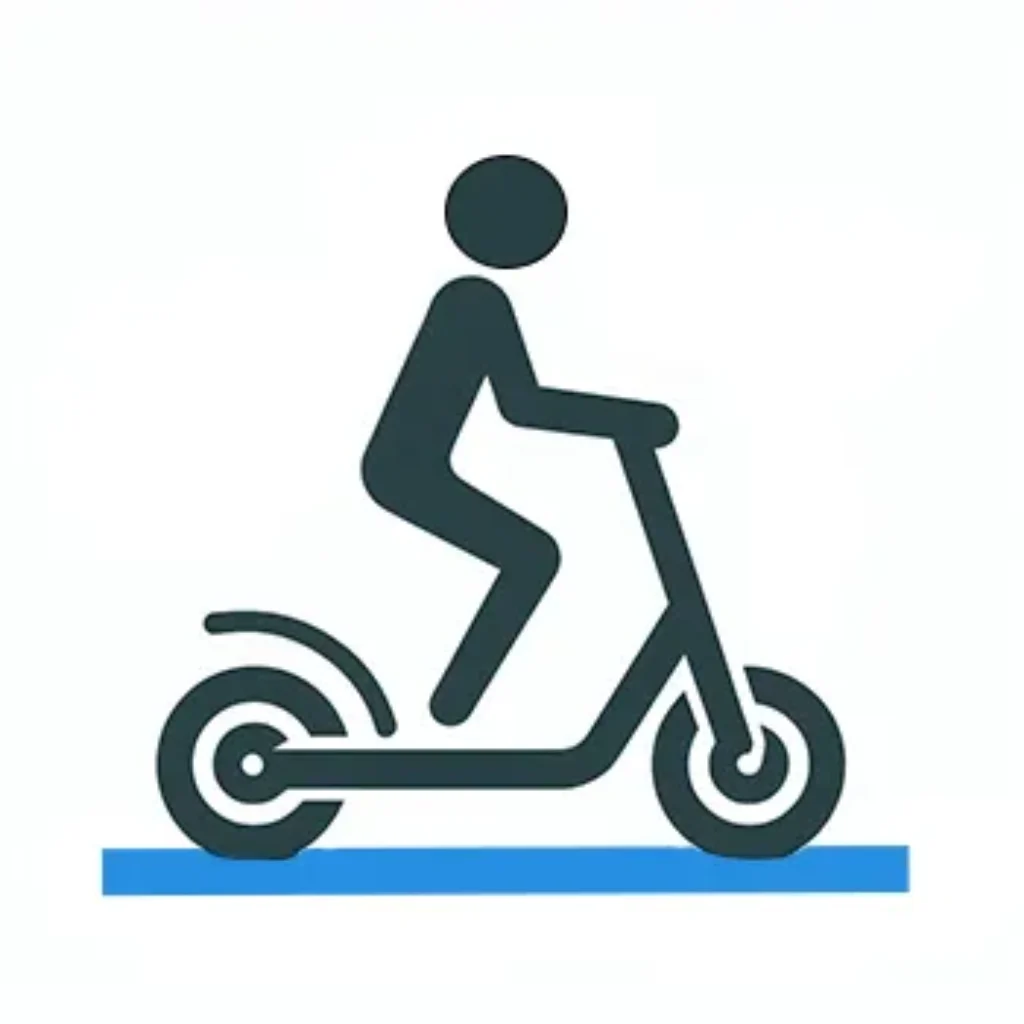
Our real-life test course is filled with various turns, hills, and frequent starts and stops—exactly what most riders will encounter in everyday use. During this part of the test, we assess each model’s handling, examining its responsiveness through tight corners, stability on inclines, and ease of stopping and starting. We also look closely at the sturdiness of its construction and overall user-friendliness, so we can report how well the vehicle stands up to real-world demands.
Quality Control
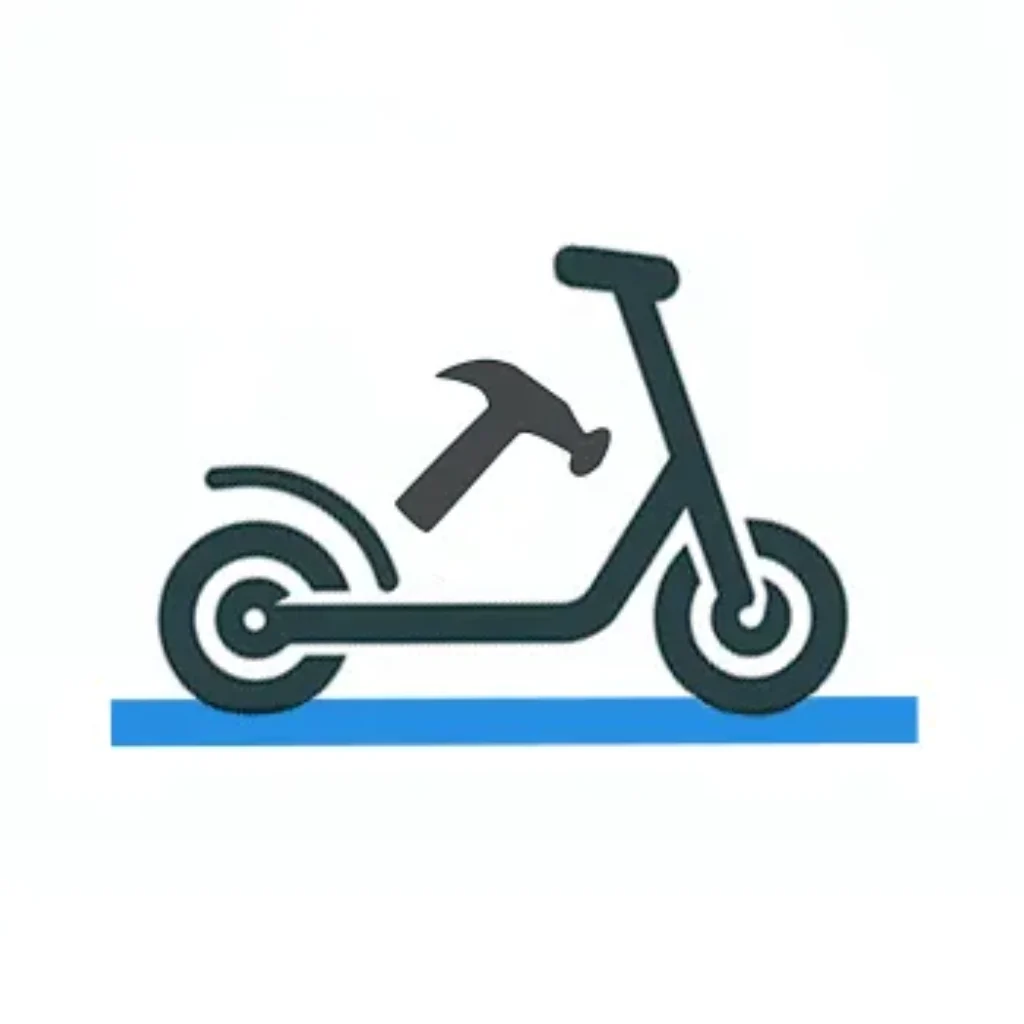
The fun part. We go all out, pushing the model to its absolute limits. Jumping, hard braking, and overall pure rough handling the vehicle. All in order to ensure it can withstand even the toughest treatment from any rider. Beyond the thrill of stress-testing, we dive into the details with a meticulous inspection, examining welds, joints, and every single component.
We make sure each part is securely mounted, properly aligned, and built to last. Our goal is to verify that the vehicle isn’t just safe but crafted to meet high standards of durability and reliability. Our standards, to be exact.
Feature & Price analysis

Here we analyze the price versus performance and features. Would a rider who puts his hard-earned money towards this vehicle feel happy, or miss something. We go through the features we like, what could be improved, and what we might feel is missing.
It’s all about assessing whether the vehicle’s performance and features truly match up to its price tag and deliver genuine value.
Step 2 – External Input & Bias Elimination
In this second step, we expand our research by tapping into trusted external resources. Whether that’s expert reviews, insights from seasoned riders, or feedback from our dedicated community. We spend a good chunk of time poring over detailed reviews and watching real rider videos for each model, analyzing every angle and cross-verifying against our own findings.
Our goal, to eliminate as much of our personal bias, ensuring that our recommendations reflect a balanced view from both our testing and the wider riding community’s experiences.
Step 3 – Large Scale, Scrutiny & Deep-Analysis
Our third step introduces our AI module, Volscribe, into the process. Volscribe scours the internet, uncovering verified customer reviews, forum discussions, and Reddit threads to gain insights into potential issues or concerns regarding the ride in question. So that we can check for build vulnerabilities and commonly occurring issues.
This comprehensive three-step approach underlines our commitment to delivering accurate, unbiased, and trustworthy electric vehicle reviews. We believe that our dedication not only enhances the precision of our recommendations but also fosters trust in our work.
Our Extensive Experience
I got my very first electric scooter at 11 years of age, over 25 years ago, and experienced the thrill early on. It opened my eyes to the possibilities of the future. It wasn’t comparable to today’s models, but with a 90W motor and a lead-acid battery mounted on a frame resembling those old kick scooters, it reached 6 mph for about 4 miles before needing a 12-hour recharge.
This was my first experience with electric vehicles, but it wasn’t my last. Five years later, I got to ride one of the early models of the Segway PT series. I was helping the owner of a car shop, and in exchange, I got to borrow his Segway and he gave me a spot to tinker with my own projects in the shop. I rode that thing every chance I had, and to this day, I can still remember the feeling — the future was here!
I finished school and graduated as a car technician, something I’d been doing with my dad from the time I could walk. It wasn’t until 2015 that I finally owned an electric vehicle again. I got one of the first hoverboards in my country, and although it wasn’t nearly as impressive as a Segway, it had a price tag that was more acceptable for regular consumers. I set up a website to share tips and tricks, and I pulled that thing apart down to the smallest screw to learn how it worked. I then shared my findings on my website, and it blew up. Jump ahead a year, and my little site of guides and advice has grown into the largest e-commerce platform in my country, retailing, repairing, and helping consumers with their hoverboards, electric scooters, and electric skateboards.
I was given the opportunity to advise the Swedish government on regulation and the potential benefits of these vehicles and their parts for society. I continued spreading the word about electric rides and have been quoted in a few large publications across the world, including Forbes, The New York Times, and wrote around 90% of the “hoverboard” page on Wikipedia in my native language.
My extensive experience with cars and electronics from an early age has guided me along the way. Many times, my dad would say, “That’s not going to work,” but he let me try it anyway. Sometimes, I surprised him, and other times, I learned by failing. This has given me broad experience with anything that runs on electricity, so whenever something breaks at home, my kids don’t worry—they know, “Dad will fix it.” Although some things aren’t economically viable to fix, and sometimes when they break things beyond repair, my kids are always surprised when I say, “I think this is just not fixable.”
My time as a retailer taught me many things, one of which was solidifying the reason I started this journey in the first place and narrowing down what I wanted to achieve. I set out with the goal of helping people find the right ride, then helping them care for it, understand it, and fix it if needed. I’ve made the conscious choice to do just that. I sold my e-commerce business and started Aridejunkie to reach a larger international audience, fully focusing on helping fellow riders and building a community of future ride junkies.
You can read the entire bumpy and unpredictable story of how things came to be here.
Our Commitment to the Community and Our Readers
The process we have implemented has been very carefully crafted and refined over the years. We all have our own personal opinions and views on what we like and not like. That is why step 2 and 3 has become a vital part of our rigorous testing process.
It helps us strengthen our readers’ trust ensuring we go the extra mile in order to ensure we are not leaving anything on the table. It does not only identify bias and expose us to opposing views, it makes sure we do not miss any vital details that could be of great value to our readers when making a decision. Some issues aren’t very common and us test riding for 2 weeks will never expose us to every possible situation.
This is where our AI module has proven to be invaluable. Volscribe finds the forum complaints on a model’s weakness, cross checks the amount of similar notifications and then provides us with a good broad overview of them for us to make the manual decision if it is a common flaw, or just a one-off.
Our goal is not to tell you what to buy. We want to arm you with data and knowledge, ideas and tips on how to go about it and what to consider. So that you can make an educated decision for yourself on what model will fit your needs the best, whether you’re buying an electric scooter, a hoverboard or other e-ride you cannot go wrong with more information.
Ride information for riders, by riders.
A Ride Junkie

